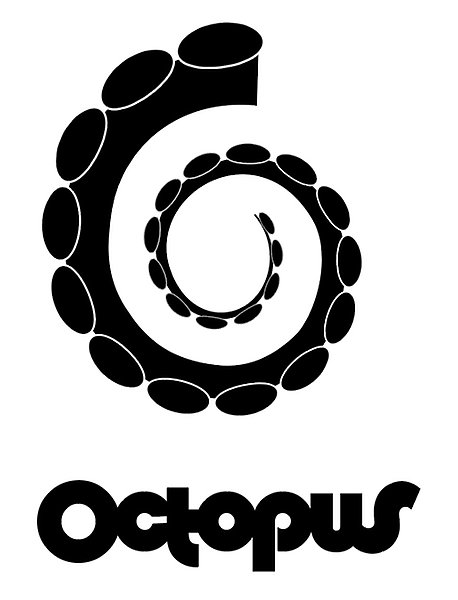The IT-system Octopus
Octopus is U-CAN's own IT-system that was built exclusively for U-CAN's purposes. The system was developed in collaboration between U-CAN, Uppsala Biobank and Uppsala Clinical Research Center and has been built by an external IT-consultant firm (Qurit, now: OmegaPoint). The construction of the system began in 2018 and the first version was launched in the autumn of 2019
Octopus is web-based and hence accessable for authorized users regardless of where they are or which computer they use. Using a web-based interface has greatly facilitated the implementation of Octopus at all participating hospitals in U-CAN since it has created an independent system for collaboration. Log-in is performed via a two-step verification using a personal SITHS-card and a personal code.
Octopus is built to have user limitations and authorization controls that are defined by the roles and tasks that different users have and may need. For exaple health-care staff working within a specific diagnosis area are limited to only be able to write and edit information within their own diagnosis area.

Logotype for the U-CAN IT-system Octopus
A unique IT-system for biobanking and research
Octopus is the first system of its kind in Sweden, in that it integrates the needs of health care staff, project leaders, biobank and researchers. Its uniqueness lies in that information from many different sources are consolidated in one place and that the system offers a wide spectrum of functionality for different user's needs while also being a work-tool in the daily operation of health-care staff as they are managing patient flow, sampling handling and planning, collaborating across clinics and registering data.
The system also functions as U-CAN's internal database where all relevant infomation on samples and clinical data is stored and searchable to facilitate for researchers to find the relevant patients and samples, as well as help to define sub-cohorts for research.
Information integration
In Octopus, information consering participating patients are gathered from several different sources and are coupled to the individual through the Swedish personal-number system, with serves as the common denominator for all communicating systems. Information on available and biobanked samples (liquid biopsies) are automatically imported from the health care regional LIMS-system in close to real-time. Information about the participant's sex, county of residence and, if applicable, date of death is imported from The Swedish National Census.
Clinical data such as diagnosis, diagnosis date and treatments are collected from the hospital's patient records and manually registered by a diagnosis-dedicated nurse, who also "labels" every sample the patient has donated with a "reason for sampling" (e.g. at diagnosis, at end of treatment, at a follow-up visist, at recurrent disease, et cetera). Tissue samples and other special types of samples (i.e. STRECK-tubes or FTA-cards) are manually registered by diagnosis-dedicated nurses. New questionnaire data are imported about once a year and is integrated with all other information in the database.
Planning of sampling and collaboration
Apart for being a database containing information, Octopus is also a logistics tool in the daily work of nurses and other health care staff. Since U-CAN draws samples from patients at several different time points, the system is buit to handle this type of logistics by having the staff to routinely plan ahead for the next sampling occation according to the diagnosis-specific sampling regimens. Thereby, the staff continously have an overview of the current situation and gets reminders whenever new and upcoming samplings are approaching. It is also a tool for catching sampling occations that may have been missed or to catch and replace samples that may have been lost or accidently destroyed in the handling.
A central aspect of Octopus is that nurses and other health care staff work within the same system regardless of their workplace, and thus are able to collaborate around the same patients even though the patients may float between different specialized clinics and wards. In Octopus the staff can always see and follow what has been done or what is planned to be done to individual patients and can therefore plan the next step and create action reminders to either themselves or to their colleauges.
Searchability for research
Built into Octopus is a search tool where advanced searches can be made by filtering on desired inclusion- or exclusion critera. There is also a possibility for users with the right permissions to export data as lists in Excel-format.
The search tool is not accessible to external parties or researchers. Therefore all queries on what the U-CAN cohort/cohorts contain or the number of included individuals with certain criteria must go through the U-CAN administrative office.
The Information on sample and data collection page has details on the clinical data included in Octopus
